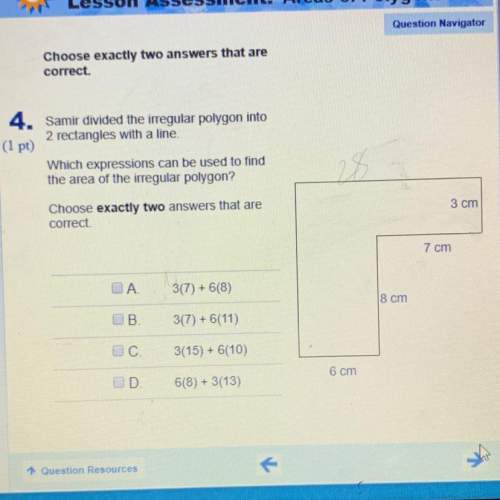
Mathematics, 11.12.2019 02:31 ineedhelp2285
Fewer young people are driving. in 1983, 87% of 19-year-olds had a driver’s license. twenty-five years later (in 2008) that percentage had dropped to 75%. suppose these results are based on a random sample of 1200 19-year-olds in 1983 and again in 2008. at a 95% confidence, what is the margin of error and the interval estimate of the number of 19-year-old drivers in 1983? at a 95% confidence, what is the margin of error and the interval estimate of the number of 19-year-old drivers in 2008? is the margin of error the same in parts (a) and (b)? why or why not?

Answers: 1


Other questions on the subject: Mathematics


Mathematics, 21.06.2019 16:40, Alex9089435028
The sum of two numbers is 86, and their difference is 20. find the two numbers
Answers: 2

Mathematics, 21.06.2019 16:50, tahmidtaj150
What is the perimeter of square abcd? units units 28 units 37 units
Answers: 2

Mathematics, 21.06.2019 18:00, santosv3136
What are the equivalent ratios for 24/2= /3= /5.5=108/ = /15
Answers: 1
You know the right answer?
Fewer young people are driving. in 1983, 87% of 19-year-olds had a driver’s license. twenty-five yea...
Questions in other subjects:


History, 21.05.2021 01:00

Mathematics, 21.05.2021 01:00


Mathematics, 21.05.2021 01:00

Social Studies, 21.05.2021 01:00






 the margin of error change for part a and b.
the margin of error change for part a and b.
 (a)
(a)  (b)
(b)  and
and  . And the critical value would be given by:
. And the critical value would be given by:





